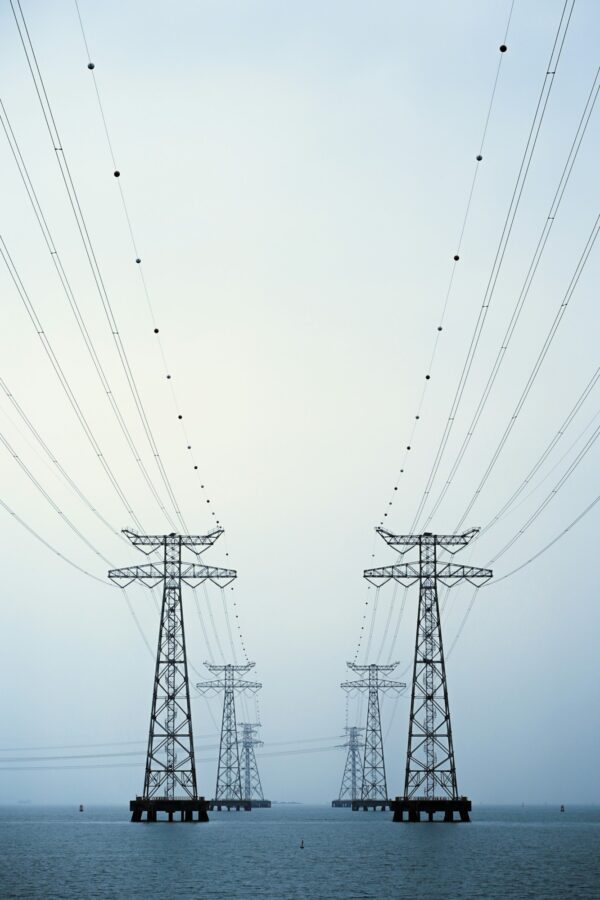National 1.5°C Compatible Emissions Pathways and Consistent Power Sector Benchmarks: Indonesia, Viet Nam, Philippines, India and Japan
Authors
Anna Chapman, Yvonne Deng, Ursula Fuentes, Lara Welder, Marie-Camille Attard, Jonas Hörsch, Deborah Ramalope, Matthew Gidden, Bill Hare
Share

Summary
To date, governments have submitted inadequate and unambitious NDCs, that are not sufficient to meet the Paris Agreement long term temperature goal.
This report presents domestic emissions pathways required to keep to the Paris Agreement’s 1.5°C limit for five countries: Viet Nam, Philippines, India, Indonesia and Japan and assesses if current 2030 climate targets are in line with these pathways. Pathways are derived from the pathways assessed in the IPCC Special Report 1.5°C. Key decarbonisation benchmarks for the power sector consistent with 1.5°C emissions pathways are also provided.
Among the countries analysed here, applying equity principles for Viet Nam, Philippines, India and Indonesia mean that they would receive international support to implement their 1.5°C domestic emissions pathways, while Japan would need to provide support to developing countries’ emissions reduction efforts.
Country key messages
Viet Nam’s 1.5°C compatible pathway requires emissions reductions of 35%-50% from 2015 levels, by 2030, this equates to a domestic reduction of 183-237 MtCO2e/yr by 2030. Viet Nam has huge renewables potential, and could become a regional leader in solar and offshore wind. Our analysis suggests that renewable energy can represent 100% of the power sector by 2040.
Our analysis indicates that the Philippines’ current Nationally Determined Contribution (NDC) is Paris
compatible. However, current policy projections show that the Philippines is not on track to meet its NDC, with emissions expected to increase by 34-41% above 2015 levels. The power sector analysis shows that renewables can make up to 85% of the power mix by 2030.
For India’s domestic emissions to be in line with the 1.5°C limit, they would need to peak soon and reduce emissions as early as possible, aiming for a 2030 emissions level of 1.6 (1.5–1.9) GtCO2e, equivalent to 16% below 2005 levels (23-1% below 2005 levels). The decarbonisation of its power sector would require the phasing out of both coal and gas before 2040, and renewable energy share would simultaneously need to reach 90-100%.
Indonesia’s Paris compatible pathway requires it to reach emissions reductions of 30-48% below 2015 levels by 2030. Achieving such an emissions trajectory will be made possible with considerable increase in renewables in its power mix – up to around 74% by 2030 from 13% in 2017.
Japan’s Paris compatible pathway would require a rapid decline in domestic emissions, to reach 65% below 2013 levels by 2030. Reducing its emissions to a 1.5°C compatible emissions pathway would require a coal phase-out roughly by 2031, and a fully decarbonised power sector by 2040 at the latest. This would also require a high uptake of renewables – at least 60% by 2030. Additionally, like all developed countries, in order for Japan to make a fair contribution to the Paris Agreement’s goals, it will need to also provide support to developing countries to reduce their emissions.
It is important to note that fair share considerations embedded in the Paris Agreement would imply that the gap between Viet Nam, Philippines, Indonesia and India’s current policy projections and their ‘fair share’ range would be closed by each country’s own action. Then, the remaining gap between the ‘fair share’ range and Paris compatible domestic emissions pathways should, and would need to, be closed with support from developed countries.











